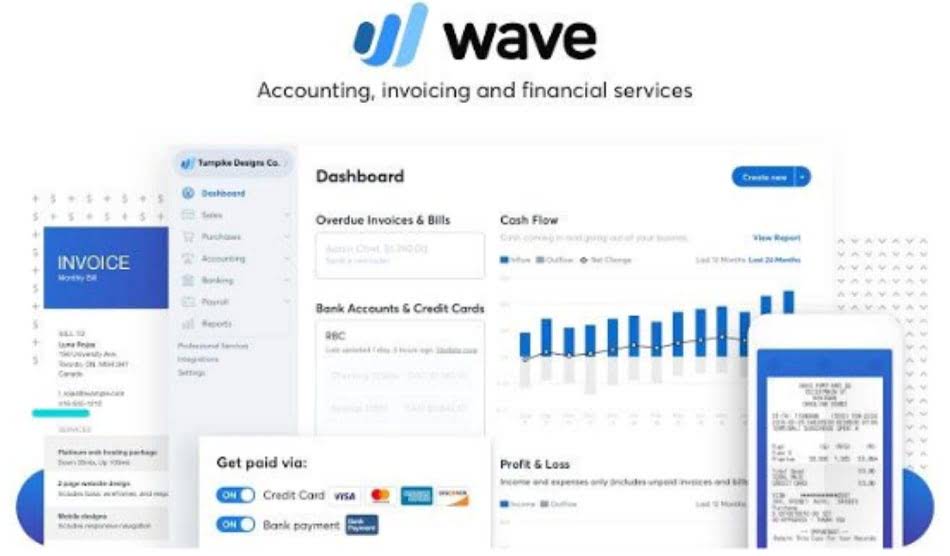
Asset, liability, and most owner/stockholder equity accounts are referred to as permanent accounts (or real accounts). Permanent accounts are not closed at the end of the accounting year; their balances are automatically carried forward to the next accounting year. Accountants and bookkeepers often use T-accounts as a visual aid to see the effect of a transaction or journal entry on the two (or more) accounts involved. To decrease an account you do the opposite of what was done to increase the account. Remember, mastering the basics is the foundation for financial success. Use them to track your business transactions, analyze your budget, or even impress your friends with your accounting prowess.
Account Increases or Decreases
- This informs that you have a balanced account in your general ledger or that an error has occurred in the accounting process.
- The double-entry system helps prevent errors, while the T accounts can be logically ordered to make it easy to find specific transactions quickly.
- A general ledger is a formal representation of a company’s financial statements where the debit account and credit account records are validated with a trial balance.
- Conversely, credits show increases in liabilities and equity and decreases in assets and expenses.
A T account ledger is an informal way of addressing a double-entry bookkeeping system. On the top, the name of the ledger is mentioned, the left side is for debit entries, and the right side is for credit entries within the ledger. It is essentially a visual or graphical representation of the company’s accounts which can be used to present, scrutinize, or review.
Financial model and financial plan: what’s the difference?

It’s impossible to provide a complete collection of examples that addresses every financial transaction with the corresponding T account. That’s why we’ve only gathered some of the most frequent financial activities businesses deal with in their day-to-day operating cycle. In an increasingly digital world, tools like T-accounts may seem outdated for large companies, but they remain an important concept in the world of finance. So, the next time you encounter a complex transaction, remember the power of the T-account in simplifying your financial processes. Most of the problems with T accounts creep in with errors on the part of the person recording the transaction.

T Accounts vs. The General Ledger: What’s the Difference?

In this image, you can see a T-account which shows a café business’ bank account for the first week of March. The cash received from coffee sales is shown in the debit column on the left, while the credits (operating costs) are shown on the right. A T-account is a visual way of displaying a set of financial records that use double-entry bookkeeping. It is called a T-account because of the structural way that the report looks like T, with debits on the left and credits on the right. Journal entries are the first step in recording transactions, they capture the date, accounts affected, http://aitechmarketing.com/closing-entry-definition-types-examples/ amounts, and descriptions of the transactions.
T-Account: Definition, Example, Recording, and Benefits

An income statement t account definition account for expense items that are too insignificant to have their own separate general ledger accounts. A gain is measured by the proceeds from the sale minus the amount shown on the company’s books. Since the gain is outside of the main activity of a business, it is reported as a nonoperating or other revenue on the company’s income statement.
- The term losses is also used to report the writedown of asset amounts to amounts less than cost.
- You just need to draw a wide “T” and treat the left side as debit and the right as credit.
- They are used to record and track the debits and credits of a specific account, providing a clear overview of the account’s activity and balance.
- In real-time accounting practices, professionals may also refer to resources on outsourced accounting for streamlining complex workflows or seek clarity on what is account management.
- After assessing what debit and credit entry applies to each specific account, T accounts can be created.
- To record each transaction, a debit entry will be made in one account and a credit entry will be made in the other.
- T-Accounts always record entries in the same fashion, with “debits” on the left and “credits” on the right.
- A listing of the accounts available in the accounting system in which to record entries.
- Each column added up should equal each other, and every debit has a matching credit.
- Today, many businesses simplify this process using intelligent tools like ERP.AI, which automates the creation and tracking of T accounts, ensuring accuracy and saving valuable time.
T accounts are categorized into assets, liabilities, equity, revenue, and expenses, reflecting the elements of the accounting equation. Each type tracks specific financial activities, ensuring accurate reporting in financial statements. All the increases in the value of assets are recorded on the debit (left) side of the T account, whereas Grocery Store Accounting decreases are on the credit (right) side. These classifications are key in understanding things like the cash flow statement of a business.